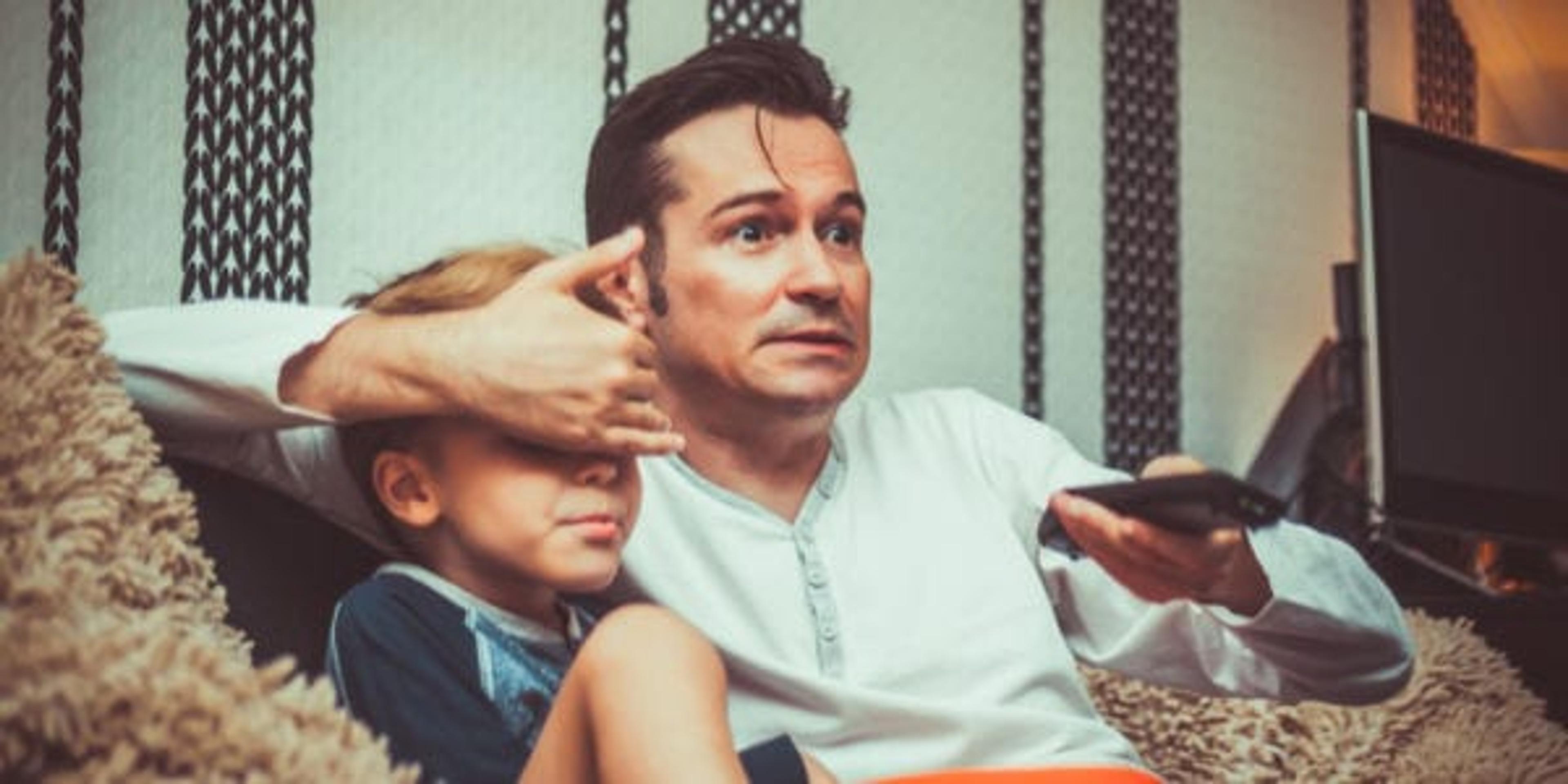When “Boo!” Becomes “Boo-Hoo”
T. Jann Caison-Sorey
| 3 min read

Horror movies and haunted houses are fun Halloween traditions for many, but it’s hard to know what age is appropriate to introduce children to these experiences.
Researchers have found that toddlers and school-aged children may misinterpret frightening or graphic Halloween content as reality, potentially impacting their mental and behavioral health.
Though the intention is usually harmless, exposing a child to realistic, scary Halloween experiences may leave a lasting impression.
What’s the Risk?
Traumatic childhood events can have long-term consequences on an individual’s health. Researchers classify traumatic experiences as those linked to violence, disaster or sudden death—all of which are frequently seen in Halloween movies and activities.
Traumatic childhood events can have long-term consequences on an individual’s health. Researchers classify traumatic experiences as those linked to violence, disaster or sudden death—all of which are frequently seen in Halloween movies and activities.
Studies show exposure to events that produce persistent fear and chronic anxiety can disrupt the brain’s development. Some of the adverse reactions a scary experience may have on a young child, include:
- Aggressive Behavior: Children exposed to gore and violent material may exhibit aggressive behaviors later as a coping mechanism to stress. The more frequently this material is viewed, the more desensitized a child becomes to real-life violence. Psychiatrists have also found children could experience “symbolic catharsis,” or act on darker instincts/impulses without real-life implications after viewing horror scenes.
- Anxiety or Phobias: It’s normal for children to express a variety of fears of the dark, monsters, strangers, etc. In most cases, these are based on age-appropriate experiences and a child will outgrow or overcome them with time. Unfortunately, when young children don’t have the life experience to put scary movies into perspective, they may risk developing a long-term, irrational fear based on what they see. Phobias may develop, generating an extreme reaction capable of impacting a child’s attitude and behavior in everyday life.
- Sleeping Problems: Watching scary films increases a child’s risk of developing a sleeping disorder. Violent and gory content is likely to disrupt their ability to fall asleep, and oftentimes inspires nightmares that wake them throughout the evening. When young minds can’t distinguish what’s real versus fake, frightening visuals may stay on a child’s mind for days or weeks. Around the age of seven, children start to understand the difference between what’s reality and fantasy-based.
- Trauma Response: While some experience a positive adrenaline rush watching scary movies, it’s more likely that children will experience a level of acute fear and distress. Those watching gory or cruel scenes, even in a fictional film, often empathize with the victim and experience the trauma vicariously. Children with high exposure to graphic content are also shown to have reduced levels of cognitive brain function related to thinking, learning, reasoning and emotional development.
Keeping the Family Safe
Protecting children from scary content can start with blocking violent television programming, especially around Halloween when horror movie marathons are frequent.
Protecting children from scary content can start with blocking violent television programming, especially around Halloween when horror movie marathons are frequent.
It’s also important to block websites that could potentially expose a child to scary visuals as they search the web or play on devices. The American Academy of Pediatrics (AAP) recommends Common Sense Media as a resource to guide media selections.
Most importantly, facilitating conversation as a family about reality versus pretend can better prepare a child to react more calmly should they encounter scary content outside of the home. If a child does develop long-lasting anxiety or demonstrates a major shift in behavior after viewing frightening content, contact a doctor or seek professional guidance.
Dr. T. Jann Caison-Sorey is a pediatrician, adolescent medicine physician and senior medical director at Blue Cross Blue Shield of Michigan.
If you found this post helpful, read these:
Photo credit: LumineImages





